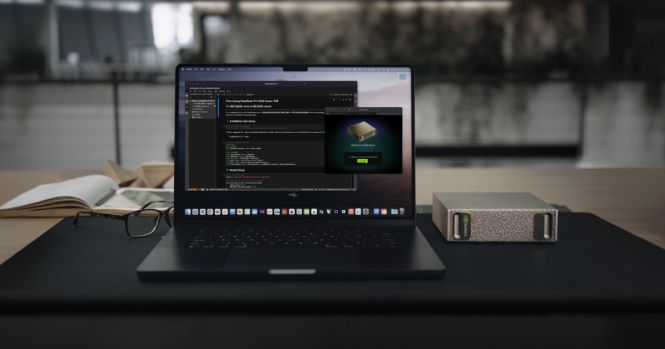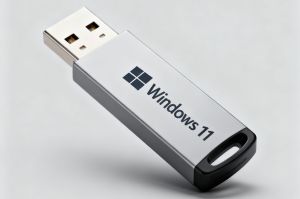 Finally, an AI supercomputer for home use
Finally, an AI supercomputer for home use
If you have ever tried launching a large language model, colloquially called AI, on your computer, the results were probably frustrating. For example, a machine with a decent mid-range chipset, 16 GB of RAM, and a moderately mighty GPU can adequately handle small models, something with up to 7B parameters (especially if quantized). Anything significantly larger — 13B, 32B+ parameters — may not load at all or will cause excessive swapping and slowdowns. And, in any case, the experience will be different from what you’ve grown accustomed to using ChatGPT, Claude, Perplexity and other AIs through their web interfaces, when they are running on industrial-grade servers. The conversations will feel more like a fast-paced forum thread from a couple of decades ago, not a live interaction.
Nvidia realized this problem and came up with a solution. It is pricey, but it can actually run sophisticated models locally. At least, that’s what its maker promises.
Nvidia’s DGX Spark, the “personal AI supercomputer”
At CES 2025 (read “CES 2025: 10 devices you can actually find useful”), Nvidia CEO Jensen Huang announced Project Digits, which aimed to democratize access to advanced AI capabilities for individuals and small teams. In his speech, Huang mentioned that the newly designed device will be a petaflop-class machine small enough to fit on a researcher’s desk and thus give them direct access to the power of generative AI and large models.
In March 2025, Project Digits started to bear fruit: DGX Spark and DGX Station, a larger model. Both were unveiled at GTC 2025. The keynote also shed light on the specs, market strategy, and manufacturing partnerships.
According to Nvidia, DGX Spark goes on sale for $3,999 on October 15, 2025. Under the hood, you’ll find:
- a 20-core Arm CPU (10 Cortex-X925 + 10 Cortex-A725 Arm);
- a Blackwell Architecture GPU;
- 128 GB of coherent unified system memory (read: RAM; LPDDR5x) that works at 273 GB/s;
- and 4 TB of NVME.M2 storage with self-encryption.
Nvidia’s AI supercomputer can run models with up to 200 billion parameters (compare that to the 7B model you can launch on your run-of-the-mill PC right now). The desktops are expected to come with a Linux-based DGX OS and the entire Nvidia AI software stack. Spark can handle deep learning tasks, carry a generative AI, enable scientific research, do prototyping, etc.
What’s good about the whole project is Nvidia’s seemingly altruistic approach in terms of partnerships: the company welcomes third-party manufacturers (Acer, ASUS, Dell, HP, Lenovo, MSI, Gigabyte, and more) to build customized versions of the Spark, which means there will be cheaper — albeit less capable, but positively sufficient for numerous use cases — models on the market. Stay tuned, we’ll keep tabs on this subject matter and report everything important.



